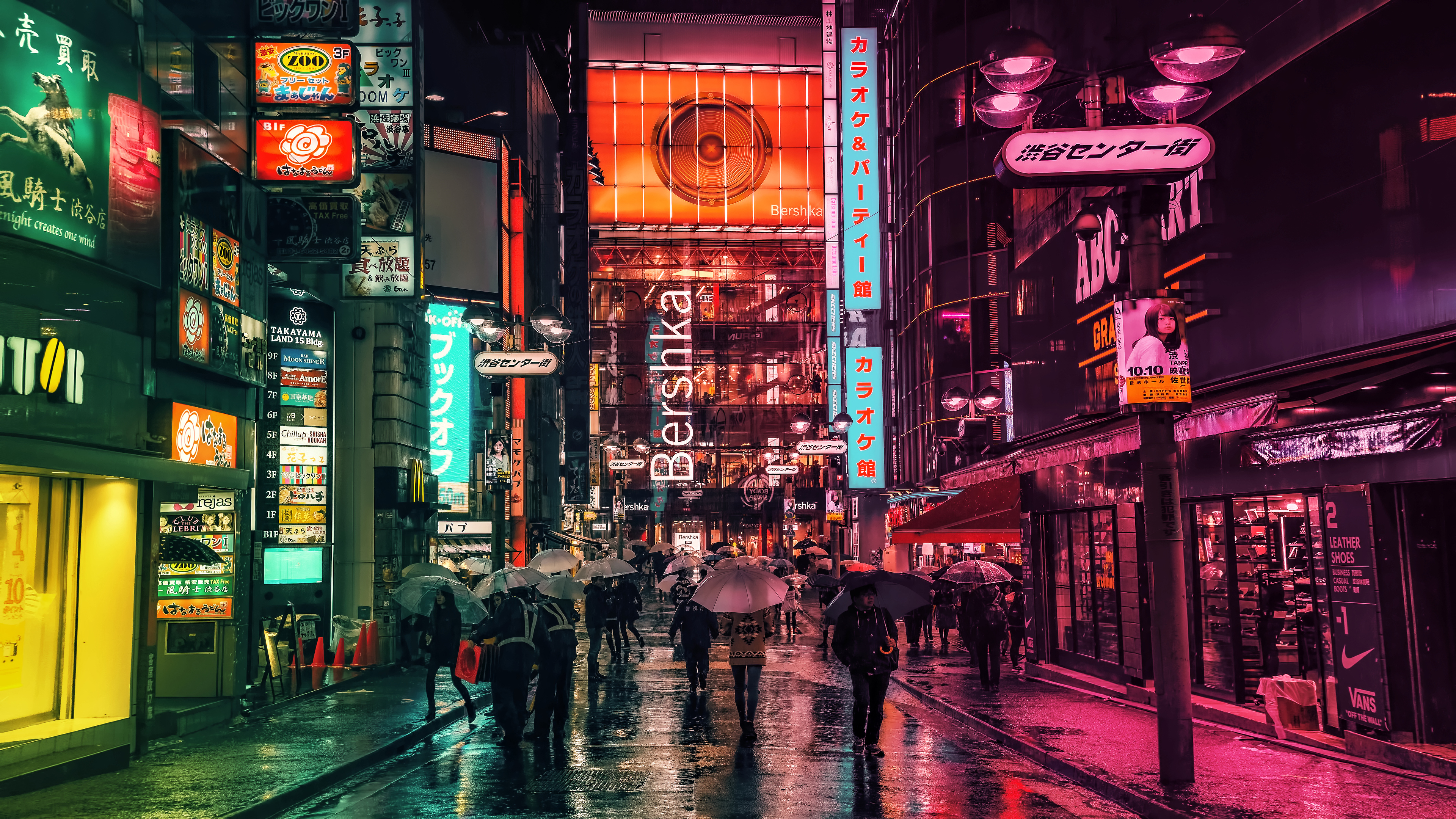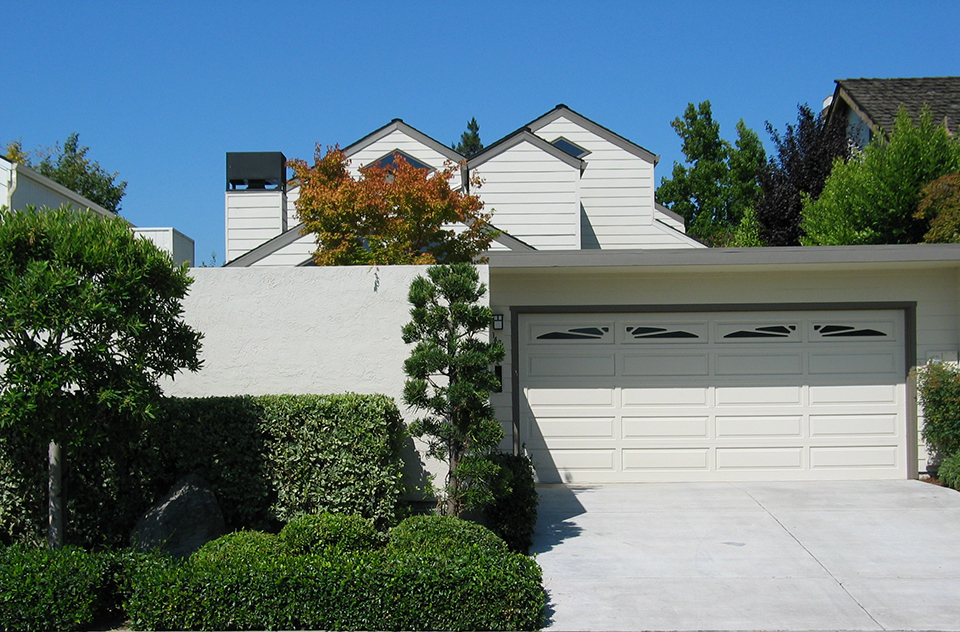

Sociodemographic disparities also highlight differential COVID-19 risk across groups of people. Our findings suggest that built environment characteristics can help characterize community-level COVID-19 risk. Percent black and percent with less than a high school education were associated with more COVID-19 cases. Indicators of lower urban development (single lane roads and green streets) were connected with fewer COVID-19 cases. Indicators of mixed land use (non-single family home), walkability (sidewalks), and physical disorder (dilapidated buildings and visible wires) were connected with higher COVID-19 cases. We utilized Poisson regression models to determine associations of built environment characteristics with COVID-19 cases. We leveraged Google Street View (GSV) images and computer vision to detect built environment features (presence of a crosswalk, non-single family home, single-lane roads, dilapidated building and visible wires). Neighborhood built environments that allow greater flow of people into an area or impede social distancing practices may increase residents' risk for contracting the virus. Neighborhood environments may structure risks and resources that produce COVID-19 disparities. The spread of COVID-19 is not evenly distributed. To exit the preview, at the top right, click Close.To get Street View for other steps in the route, in the bottom-left box, click Previous step or Next step.To get Street View for the step that you want, click the photo.

If Street View is available, you get a preview photo. To get more detailed directions, click Expand.On your computer, under the route you want, click Details.Then,enter starting and ending destinations. Important: To get directions in Street View, click Directions. To jump between streets, go to the "Back to Map" window in the bottom left and click the blue highlighted routes.To position your Street View north, go to the bottom right and click the compass.You can also use + and - below the compass. To zoom in or out, scroll with your mouse or two-finger zoom with a touchpad.You can also use the arrows to the left and right of the compass. To find where you might go next, locate the X.Your cursor becomes an arrow that shows which direction you're moving. To move around, point your cursor in the direction you want to go.Tip: Historic imagery might not be available for every place that has Street View. To exit Street View, go to the top left and click Back.At the bottom, scroll through the thumbnail gallery to go further back in time.For example, you can explore how your neighborhood has changed over time.


You can find street-level imagery taken at different times from the Street View archives and other contributors. Find street-level imagery from other dates


 0 kommentar(er)
0 kommentar(er)
